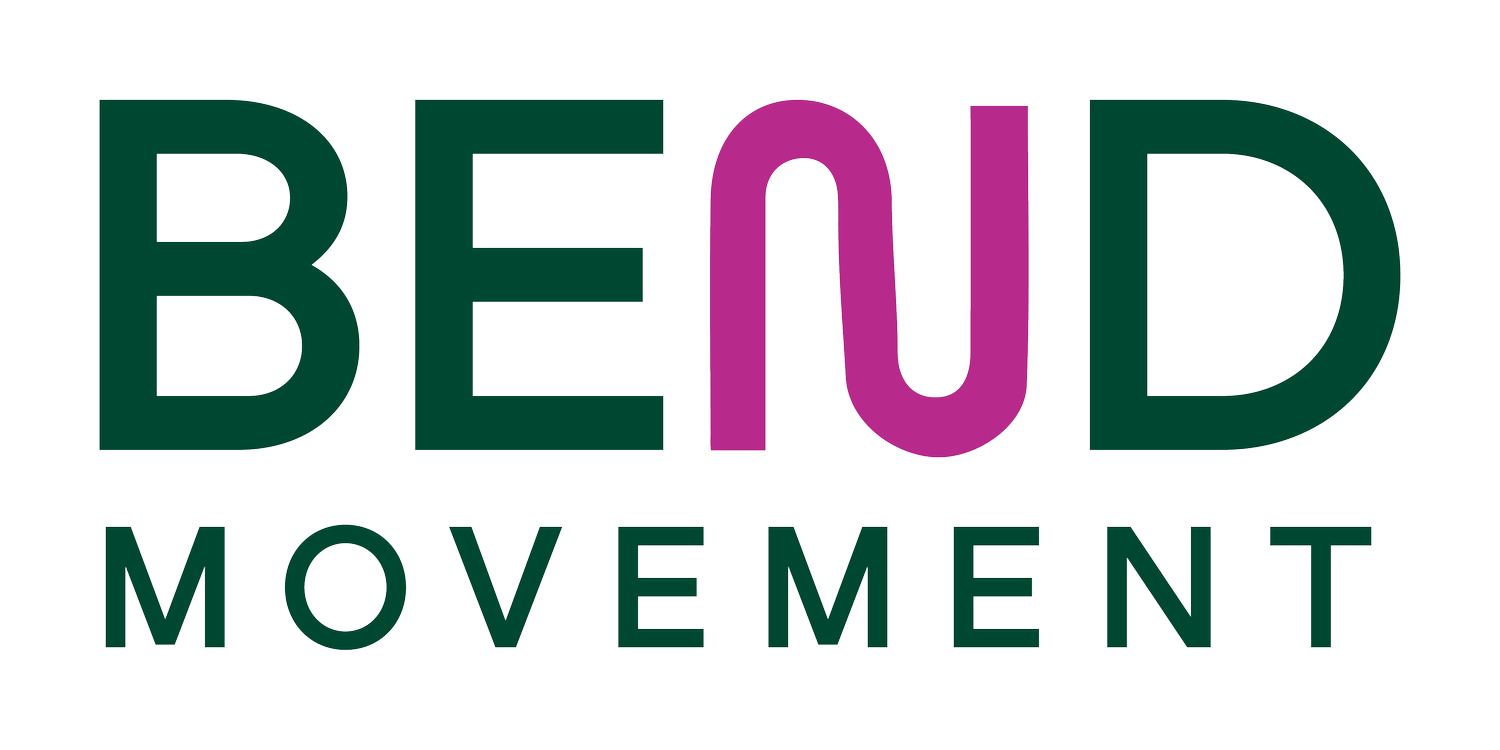What to Do Immediately After an Injury: More Than Just Rest
After an injury, it’s tempting to immediately rest, ice, and stretch the area or avoid using it altogether. While this may seem like the safest approach, it’s not always the most effective way to promote healing. Instead of relying solely on rest, medication, or ice, there are more proactive steps you can take to support recovery and regain function.
One of the best ways to help an injured area recover is through isometric exercises, where you activate muscles without moving the joint. Isometrics are great for maintaining strength and encouraging blood flow to the injured tissue without placing too much stress on it. For example, if you’ve sprained your ankle, you might try gentle isometric exercises by pressing your foot out into the wall, without actually moving your ankle.
Once the initial pain starts to subside, introducing gentle loading—small amounts of weight or resistance—can help stimulate the healing process. This loading helps the tissue rebuild itself and strengthens the muscles around the injured area, reducing the risk of re-injury.
After an injury, movement is your best friend. Gentle, controlled movements promote circulation and help prevent stiffness. The key is to move the injured area within a pain-free range, gradually increasing the intensity over time. This consistent movement encourages proper healing and ensures that you maintain mobility in the area.
If you don’t notice any improvement or if your symptoms get worse, it’s essential to seek medical attention. While self-care strategies like isometrics and early movement can be very effective, some injuries require a professional evaluation to ensure there’s no serious damage. A physical therapist can help guide you through the appropriate steps for healing and offer specific exercises to promote recovery.
In conclusion, when it comes to injuries, a proactive approach using isometrics, gentle loading, and frequent movement can help promote healing more effectively than just stretching, resting, or medicating. If there’s limited progress or things get worse, get seen by a medical professional for guidance.
